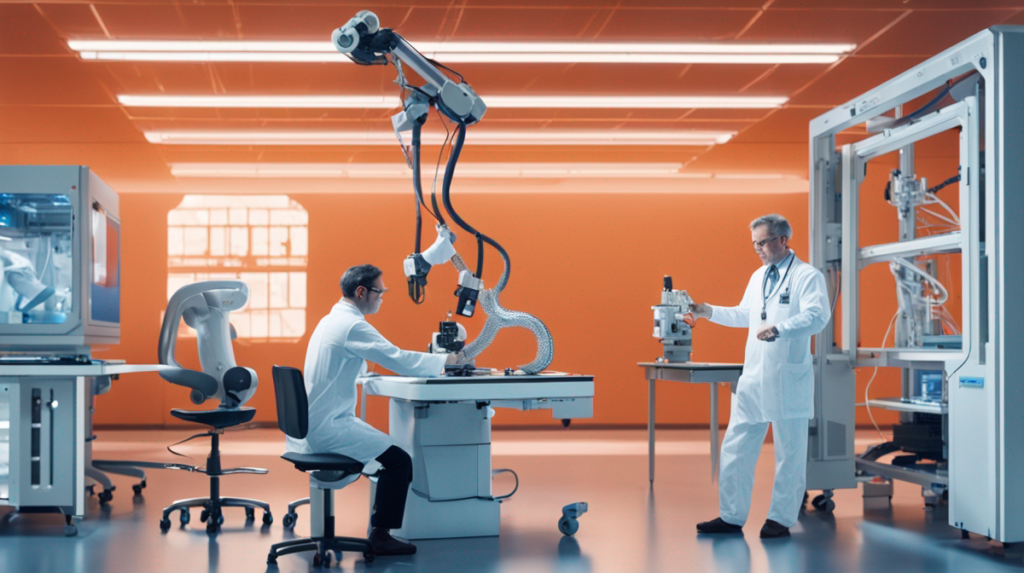
3D printing, also known as additive manufacturing, has become a major part of the manufacturing industry. It is revolutionizing traditional processes and bringing about significant changes in the manufacturing and health sectors with its innovative applications.
The Power of 3D Printing
3D Printing technology is a digital manufacturing method that involves the creation of a physical object from a digital model by depositing materials in successive layers. This technique facilitates complex design capacities, faster production times, and significantly reduced costs. In recent years, the environment of 3D printing has dramatically evolved, growing in scope and applicability and leaving an indelible impact on manufacturing.
(Read Also: Navigating the Digital Landscape: How Tech Giants Influence Our Online Health)
3D Printing And Health
From dental implants to prosthesis, 3D printing has found applications in various sectors within healthcare. It allows for highly personalized and customizable medical products, helping health professionals offer precise solutions to their patients. It has even been used for the production of PPE (Personal Protective Equipment) during pandemic scenarios, showcasing the ability to quickly respond to immediate manufacturing needs.
Controversies and Debates
Despite the numerous advantages, 3D printing has also given rise to several debates and controversies. The manufacturing industry, which is traditionally labor-intensive, faces major disruptions as 3D printing requires less human interaction. Furthermore, considerations around intellectual property are also being questioned, as anything that can be digitized could theoretically be 3D printed. On the health side, questions about ethical issues related to printing body parts and implementing them into the human body are yet to be extensively addressed.
(Read Also: The Game-Changing Influence of Big Data on Healthcare Decision-Making)
The Future of 3D Printing in Manufacturing
3D Printing is opening new avenues for innovation. With the development of bioprinting, we could soon see viable solutions for organ transplants. The manufacturing industry is also expected to further consolidate its use of 3D printing to streamline production processes and increase efficiency.
In conclusion, while some controversies and challenges persist, the integration of 3D printing into the manufacturing and health sector offers immense potential. This technology promises to revolutionize our approach to resolving health-related issues and alter the landscape of the manufacturing industry. As the technology evolves and matures, the ethical and legislative questions it poses will require thorough examination and discourse.
Last modified: 4 January 2024















